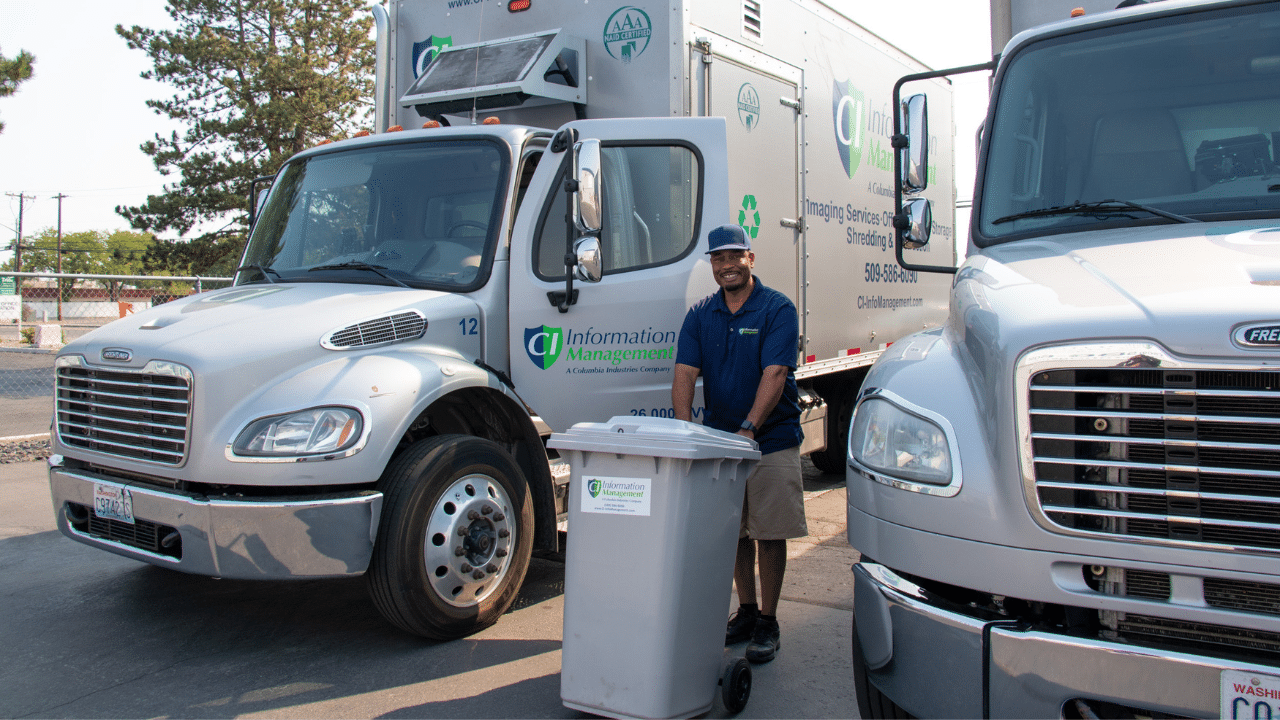Statistically Speaking

- If you’re in the company of two other friends or colleagues, statistically, at least one of you have been a victim of identity theft. Is it you? Are you the one in the spotlight of this small group?
- You’re in a board meeting with 14 other leaders. Statistically, at least five at the table have been victims of identity theft.
- You’re riding the Cascades Amtrak from Seattle to Portland with about 300 other passengers. Statistically, 100 of these passengers of them have been victims. That’s four full rail cars.
It is commonly believed that seniors are the most-targeted group for identity thieves, but that’s not the case. If you’re between the ages of 30 and 39, welcome to the club. You are in the most commonly-targeted group of Americans.
The Spotlight Is on You
December has been designated Identity Theft Awareness and Prevention month because identity theft spikes dramatically during the holiday shopping season. If you have been a victim of theft, you need to know how to avoid it again. If you’ve been fortunate enough to remain safe so far, you’ll want to avoid becoming a statistic.
Types of Identity Theft
No matter your age, the more invested you are in protecting yourself, the less likely you will become a statistic. There are many types of identity theft:
- Credit identity theft is when a criminal uses your personal information to apply for a new line of credit. Warning signs include an unexpected change in your credit scores or an added account you don’t recognize. Freeze your account to prevent this from happening.
- Child identity theft occurs when someone applies for credit in a child’s name. A warning sign is if a child receives credit card offers or phone calls about late payments. Freeze the child’s credit as a preventative measure. You can unfreeze it when they get older.
- Synthetic identity theft is a patchwork of identity details constructed to create a fictitious consumer. Applications for loans and credit cards are made, then the limits are maxed out. One red flag is if you try to freeze a credit and discover the social security number is already in use.
- Taxpayer identity theft happens when a thief uses a social security number to steal tax refunds or credits. Warning signs include being unable to e-file, receiving an IRS notice referring to activity you aren’t aware of, or being questioned about an employer you never had.
- Medical identity theft involves using someone else’s identity to obtain health care services. In addition to the red tape nightmare this can cause, an added danger is medical histories getting mixed up. A warning is when your insurance shows claims or payments made for benefits you did not receive. Monitor your insurance claims and billing and report any irregularities.
- Account takeover occurs when a crook uses personal data to access financial accounts and then changes the password to block the legal owner’s access. If you receive a password change notification or suddenly find yourself unable to log into your financial account(s), be warned.
- Criminal identity theft is when someone gives law enforcement someone else’s name and information during an arrest or investigation. Red flags include being detained by police for unknown reasons or denied employment because of a background check.
Prevention
- Freeze your credit accounts with the three major credit bureaus (Equifax, Experian, and TransUnion). Each bureau has a different process, so follow the instructions provided.
- Protect your Social Security Number by not carrying the card or number with you. Memorize the number and keep the card in a safe location.
- Be aware of phishing and spoofing scams online, by email, phone, text, or US mail. Don’t respond to unknown contacts.
- Use strong passwords, change them often, and use two-factor authentication whenever available.
- Use alerts offered by financial institutions who will let you know when transactions are made.
- Keep your mailbox empty so information can’t be stolen. Have someone empty it for you during vacation, even if you have put a temporary hold on your mail. Some mail may still make it through.
- Shred everything. If you adopt a “shred everything” policy, you won’t accidently throw out private information.
- Protect your mobile devices by using passwords and/or biometric security features.
- Monitor financial and medical statements for transactions you don’t recognize.
- Check all three of your credit reports on a regular basis for unusual activity and report it immediately.
Reporting
The FTC’s IdentityTheft.gov has an identity theft report form, recovery plan and other helpful resources. By following the recommended steps, you will be on your way to recovery. Also be sure to file a police report and notify other organizations like the postal service, credit bureaus, and your financial institutions, and call the IRS identity theft assistance line at 800-908-4490.
CI Information Management helps residents and businesses in Southeastern and Central Washington and Northern Oregon prevent identity theft through our NAID AAA Certified shredding services for paper documents and electronics. For more information, call us at 509-586-6090 or complete the form on this page. Our knowledgeable team is standing by to assist you!




